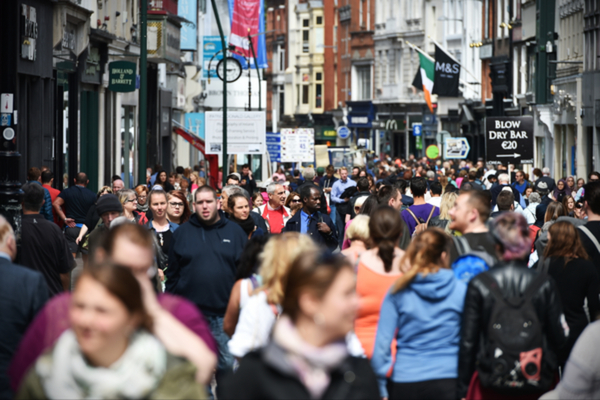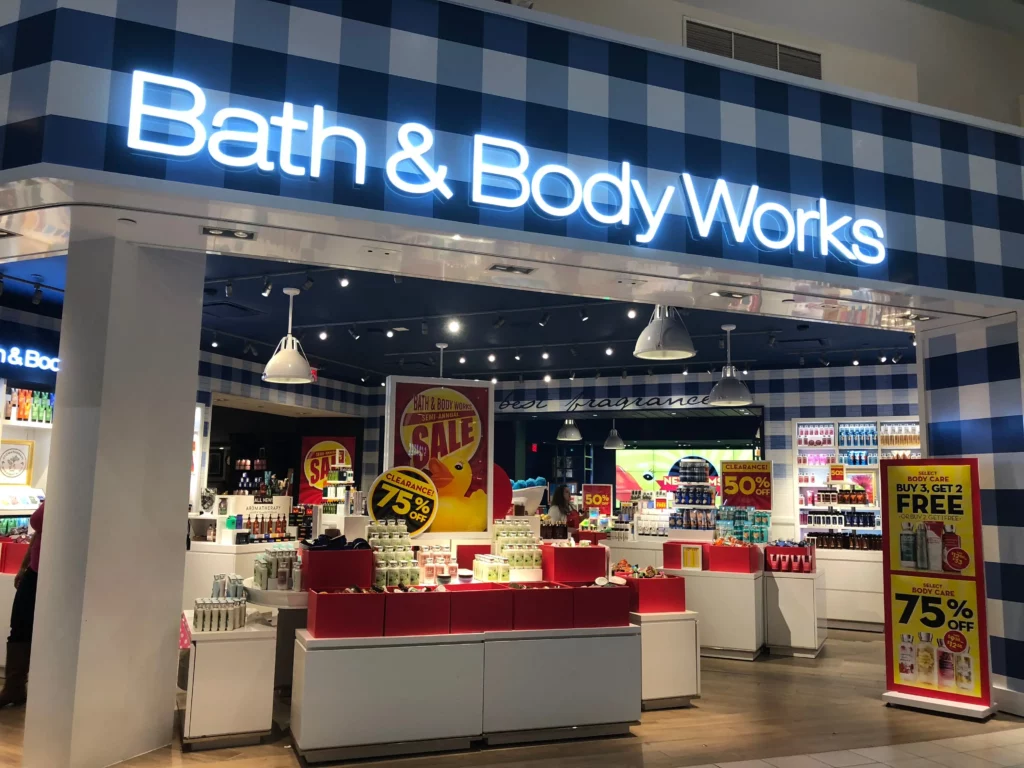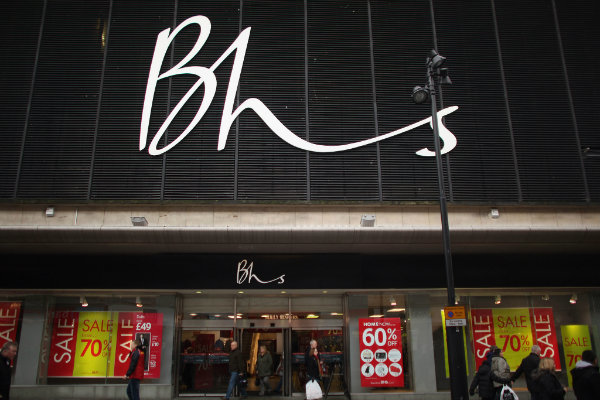In some much-needed good news for consumers inflation fell unexpectedly to a one-year low last month, driven by a slowdown in clothing and food price growth.
According to the latest figures from the Office for National Statistics (ONS) inflation dropped to 2.5 per cent in March, coming in below both February’s inflation and analysts’ expectations of 2.7 per cent.
For the first time this year clothing prices began to slow significantly, dropping to just 0.7 per cent in March compared to a two per cent a year earlier.
As clothing has been providing the largest upward pressure on inflation for most of the year to date, the relief is largely responsible for driving down overall rates.
Food price inflation also slowed seeing a 0.3 per cent rise, down from a 0.6 per cent rise a year earlier. This was largely driven down by fruit and fish falling 1.4 per cent and 1.3 per cent respectively.
“Inflation fell to its lowest rate in a year, with women’s clothing prices rising slower than usual for the first time this year,” ONS head of inflation Mike Hardie said.
“Alcohol and tobacco also helped ease inflation pressures, with tobacco duty rises linked to the Budget not appearing this March, thanks to its new autumn billing.
“Growth in the price of goods leaving factories continued to slow, mainly due to a smaller increase in the price of food products compared with this time last year.”
This comes after news that pay growth had accelerated to 2.8 per cent yesterday, providing more good news for consumers.
However, the value of the pound fell on the news as traders had been betting on an interest rates rise next month, however decreasing inflationary pressure makes this less likely.
Hargreaves Lansdown’s senior economist Ben Brettle said: “The interplay between wages and prices will be interesting over the coming months,”
“Inflation looks to be falling back as predicted, but with wages picking up and unemployment still falling, it’s possible this tightness in the labour market could eventually push inflation back up.
“Higher wages mean more money chasing the same amount of goods and services, which could lead to higher prices. At the same time firms might choose to pass on higher staff costs to the end consumer. It’s this wage-price spiral which underlines the case for higher interest rates.”
Click here to sign up to Retail Gazette‘s free daily email newsletter
















